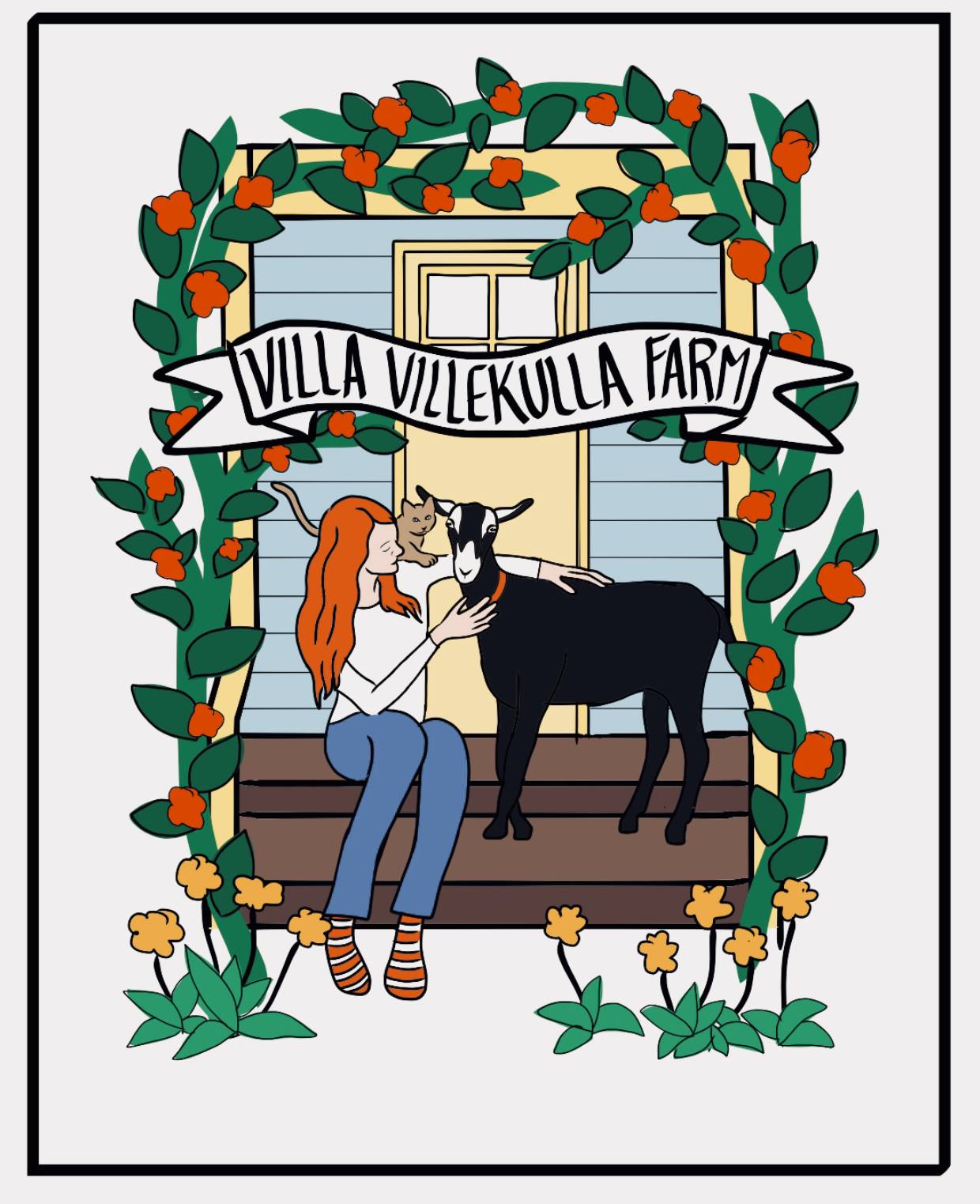Any one who has spent time around goats knows what wondrous creatures they are — social, intelligent, mischievous, intuitive, emotive and boundlessly affectionate. I never set out to make goat dairy products, but as soon as I began working with these ruminants, there was no question that I would be a goat person for life. This is why the tagline “hand-hugged goats” is more than just a cutesy marketing slogan. If you visit the farm, you’ll see the ethos in action.
The majority of my farming life has been spent around French Alpines, a cold-hearty breed particularly well suited to cheesemaking due to the components of their milk. The beloved founding members of my herd — Placer, Sylvia, Ellen, Crumb and Frida — are French Alpines (a nod to my own origin story) though my longer term vision includes breeding Nubian genetics into my milking herd in order to increase the potential butterfat of the milk and thus my yield. (Fun fact: Nubian goat milk can be upwards of 8% butterfat, nearly double that of Jersey cows!)
Goats are browsers by nature, meaning that they prefer munching on a diverse spectrum of scrub, brush, bushes and leaves to grazing on flat, grassy pasture. In our new home, we are focusing on slowly and intentionally converting some existing forest into silvopasture in order to preserve existing wildlife habitats while providing the most nutritious forage possible for the ruminants. We supplement what the goats eat outside with the best second cut hay we can buy, plus organic grain, minerals and other treats like dried rosehips and pumpkin seeds when we’re feeling fancy. While we are not certified organic, we make every effort to ensure that what the goats eat is organic and of the highest possible quality.
Goats in particular have negligible environmental impacts and when properly managed have the capacity to improve soil through a combination of selective grazing/browsing, manure spreading and aeration. By letting the goats eat what they like, we can preserve and refine a habitat that is both well suited to their nutritional needs and in symbiosis with the pollinators and other members of the ecosystem that call our patch of earth home.
Due to its chemical makeup — protein structure, size and dispersal of fat globules — goats milk is on the whole easier for human beings to digest than other types of dairy. Not to mention it is naturally lower in lactose than cow’s milk.
